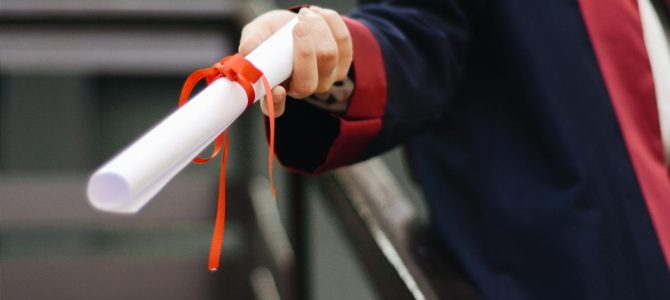I recently attended my 50th grad reunion (do me a favour and don’t do the math) and started thinking about all of this year’s young graduates going on to the next chapter of their lives. (You did the math, didn’t you…)
The reunion had a great turn out, with over 80 of us milling about trying to remember who the heck everyone else was. It’s funny how a face can change so much, but still hold some small, familiar quality. Thank goodness for name tags.
Speaking of which, I only wrote my first name on my name tag until someone pointed out that it wasn’t good enough. Duh. Old people need BOTH names to be able to remember. One of the organizers gave me another name tag with my full name. Only she spelled it “Jacksun”. Did someone miss English class?
We spent our time moving from one person to another, looking at each other and then down at our name tags, often gasping in delight at someone we suddenly recognized. It was great fun. We asked about each other’s lives, laughed at our ancient antics and cried for those we missed.
The conversation catch up included families, careers, moves from here to there. Retirement. Aches and pains. Some people talked too much, others not enough, just like in high school. I could see a lot of us moving into our familiar cliques. The sports people, the drama people. The nerds.
A very small group of our grads already had mobility or health issues, but I have to say we all looked pretty darn good for all that we’ve endured. And in 50 years, many of us have endured a lot.
I have to admit, I’ve attended every single grad reunion, but this was by far the most impressive. Not just because of the numbers, but because of the way we all understood the value of one another and appreciated each other in a way we haven’t before.
So what advice can I give all of you fresh-faced 2025 graduates holding your diplomas and wearing your graduation hats?
Well, first of all, your hat is called a mortarboard. I just learned that. So that’s lesson number one: you never stop learning! That’s why they call it “the school of life.”
Secondly, don’t lose touch with your friends. You’ll think to yourself that they’ll always be there. But stuff happens. Trust me.
And last but not least, one of the most important things in life is E.I. No, not employment insurance, although that might come in handy once or twice in your working life.
No, I’m talking about Emotional Intelligence. If you’re not quite sure what that is, emotional intelligence means understanding who you are, your emotions, and why you feel and act certain ways. Understanding yourself, and why you are who you are, may be the greatest lesson of all. There are books about it. If there’s a college or university or even a night school course including Emotional Intelligence as a subject, take it.
E.I. will carry you through the toughest times in your life. It will foster the good things in you: kindness, awareness, love and patience. Trust me on that one, too.
So to the Grads of ’25 from the Grad of ’75: You are brilliant. You’re going to do wonderful things and make this world a better place, I just know it.
Congratulations! Now don’t party TOO hard…



